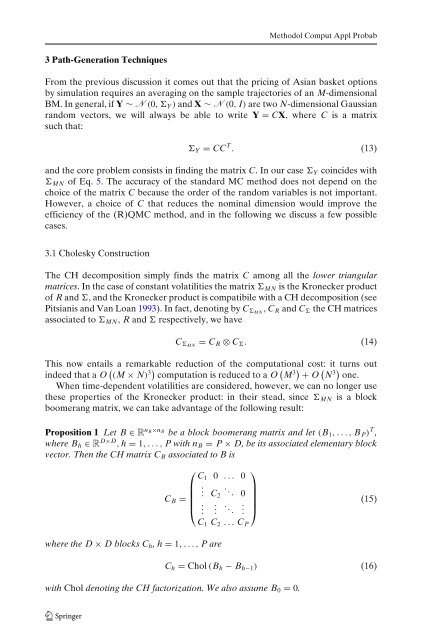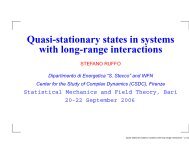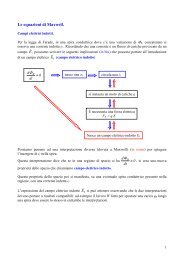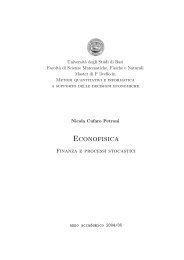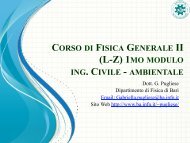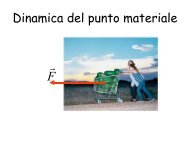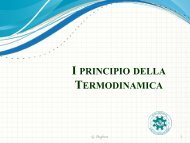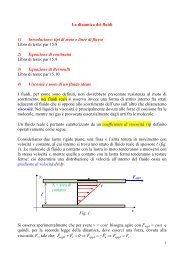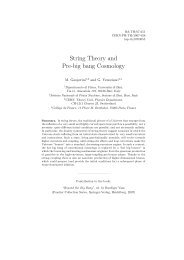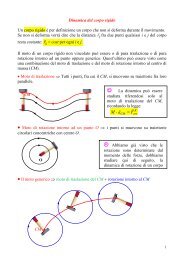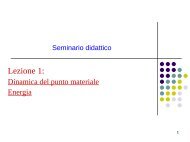Pricing and Hedging Asian Basket Options with Quasi-Monte ... - Infn
Pricing and Hedging Asian Basket Options with Quasi-Monte ... - Infn
Pricing and Hedging Asian Basket Options with Quasi-Monte ... - Infn
Create successful ePaper yourself
Turn your PDF publications into a flip-book with our unique Google optimized e-Paper software.
Methodol Comput Appl Probab3 Path-Generation TechniquesFrom the previous discussion it comes out that the pricing of <strong>Asian</strong> basket optionsby simulation requires an averaging on the sample trajectories of an M-dimensionalBM. In general, if Y ∼ N (0, Y ) <strong>and</strong> X ∼ N (0, I) are two N-dimensional Gaussianr<strong>and</strong>om vectors, we will always be able to write Y = CX, whereC is a matrixsuch that: Y = CC T . (13)<strong>and</strong> the core problem consists in finding the matrix C. Inourcase Y coincides <strong>with</strong> MN of Eq. 5. The accuracy of the st<strong>and</strong>ard MC method does not depend on thechoice of the matrix C because the order of the r<strong>and</strong>om variables is not important.However, a choice of C that reduces the nominal dimension would improve theefficiency of the (R)QMC method, <strong>and</strong> in the following we discuss a few possiblecases.3.1 Cholesky ConstructionThe CH decomposition simply finds the matrix C among all the lower triangularmatrices. In the case of constant volatilities the matrix MN is the Kronecker productof R <strong>and</strong> , <strong>and</strong> the Kronecker product is compatibile <strong>with</strong> a CH decomposition (seePitsianis <strong>and</strong> Van Loan 1993). In fact, denoting by C MN , C R <strong>and</strong> C the CH matricesassociated to MN , R <strong>and</strong> respectively, we haveC MN = C R ⊗ C . (14)This now entails a remarkable reduction of the computational cost: it turns outindeed that a O ( (M × N) 3) computation is reduced to a O ( M 3) + O ( N 3) one.When time-dependent volatilities are considered, however, we can no longer usethese properties of the Kronecker product: in their stead, since MN is a blockboomerang matrix, we can take advantage of the following result:Proposition 1 Let B ∈ R nB×nB be a block boomerang matrix <strong>and</strong> let (B 1 ,...,B P ) T ,where B h ∈ R D×D , h = 1,...,P <strong>with</strong> n B = P × D, be its associated elementary blockvector. Then the CH matrix C B associated to B is⎛⎞C 1 0 ... 0.C B =. C .. 2 0⎜⎝... ... ⎟(15).. ⎠C 1 C 2 ... C Pwhere the D × DblocksC h ,h= 1,...,PareC h = Chol (B h − B h−1 ) (16)<strong>with</strong> Chol denoting the CH factorization. We also assume B 0 = 0.


